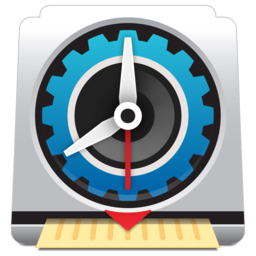The combined consumer and enterprise worldwide wireless local area network (WLAN) market segments decreased 0.8% year over year in the first quarter of 2017 (1Q17), finishing at $2.15 billion, according to IDC.
The enterprise segment grew 4.4% year-over-year in the first quarter of 2017 (1Q17) to reach $1.24 billion, notes the research group. Enterprise WLAN growth moderated in 1Q17 compared to 1Q16, when year-over-year growth registered a stronger 8.6%. However, demand for network refreshes, digital transformation (DX) initiatives, and the continued maturation of Wave 2 802.11ac are positive indicators for stronger growth going forward in 2017.
The 802.11ac standard now accounts for 70.9% of dependent access point unit shipments and 84.7% of dependent access point revenues. This points to a continued trend of 802.11n obsolescence, which is expected to be nearly complete by the end of 2018, says IDC.
Meanwhile, consumer WLAN market revenue decreased 7.0% on a year-over-year basis in 1Q17, finishing at $913.0 million. In 1Q17, the 802.11ac standard accounted for just 28.6% of shipments and 58.2% of revenue in the consumer category. 802.11ac remained a bright spot in the consumer WLAN segment in 1Q17, with revenues increasing 17.6% year over year and shipments increasing 48.5% over the same period.
“A soft start to 2017 suggests uncertainty ahead for the enterprise WLAN market,” said Nolan Greene, senior research analyst, Network Infrastructure at IDC. “While digital transformation projects and scheduled refreshes bode well for the rest of the year, economic concerns and geopolitical risks in certain segments may temper growth in 2017.”



